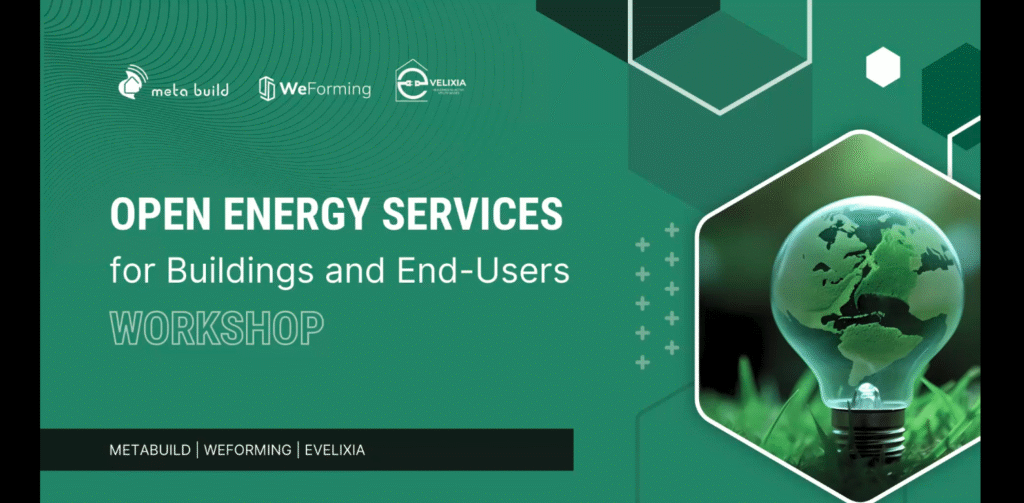Buildings account for 40% of energy consumption and 36% of greenhouse gas emissions in Europe. Recognizing their critical role in achieving the EU’s ambitious environmental and energy efficiency targets, WeForming, a new EU-funded project, aims to pave the way for buildings as dynamic energy contributors, putting them at the forefront of Europe’s decarbonization journey.
Although the share of renewable energy sources (RES) in the EU doubled between 2005 and 2021, it only made up for 22% of the total energy consumption in 2021, according to the European Environment Agency. Given the Green Deal’s commitment to a climate neutral Europe by 2050, it is imperative to take action now and accelerate the energy transition, with buildings as a primary focus.
Transforming energy management in buildings
WeForming, an acronym for Buildings as Efficient Interoperable Formers of Clean Energy Ecosystems, envisions a revolutionary approach to managing energy, one in which buildings are strategic players in supporting and forming the energy networks of the future. At the heart of WeForming’s value proposition are Intelligent Grid-Forming Buildings (iGFBs), actively participating in an interoperable energy ecosystem, including both energy networks and markets. These innovative buildings are designed to seamlessly integrate various energy sources, such as electrical, thermal, mechanical, and chemical energy. Their main goal is to optimize efficiency and self-sufficiency while prioritizing occupants’ well-being, enhancing comfort, convenience and safety.
The ultimate mission of WeForming is to establish iGFBs as integral elements in shaping a secure, resilient, and carbon-free energy ecosystem. Over the next three years, the EU-funded project will develop and demonstrate a new generation of iGFBs that leverage advanced technologies and smart energy processing to innovate building energy operations, involving all the participants and stakeholders in the energy-building value chain through co-creation activities (consumers, aggregators, grid operators, etc.) in a common digital space. This approach will lead to increased multidirectional data flows, with the creation of new digital platforms and operational strategies. Artificial intelligence and machine learning will be key to WeForming’s framework, ensuring automation and interactivity.
A multidisciplinary approach
WeForming’s methodology and digital solutions will be implemented and validated in six real-life demos across six countries. These use cases will target different systems, building types, consumer needs, economic conditions and climates, providing a comprehensive assessment and adaptability across different scenarios:
- Luxembourg – Demo 1: A Multi-energy Grid-Interactive District with a Large Fleet of Electric Vehicles.
- Portugal – Demo 2: A Large Commercial Shopping Mall with Internal Power Generation, and Energy Storage Systems.
- Croatia – Demo 3: Grid-Supporting Renewable Districts on a Holiday Island with Large Seasonal Demand Variation.
- Belgium – Demo 4: An Interactive Residential District with Bidirectional Power-to-Heat and Thermal Storage Capabilities.
- Spain – Demo 5: Grid Supporting Rural Renewable Energy Community.
- Germany – Demo 6: Energy Market-Driven Multi-Sector Smart District.
Comprising 30 partner entities from 10 countries, the WeForming consortium gathered last October in Athens for the project’s kick-off meeting. The inaugural session was centered on discussing challenges that must be addressed throughout the project’s lifespan, namely improving the interoperability between energy carriers, creating new roles and business models for buildings in energy markets, boosting buildings’ physical interaction with energy networks, and fostering awareness and acceptance of iGFBs.






